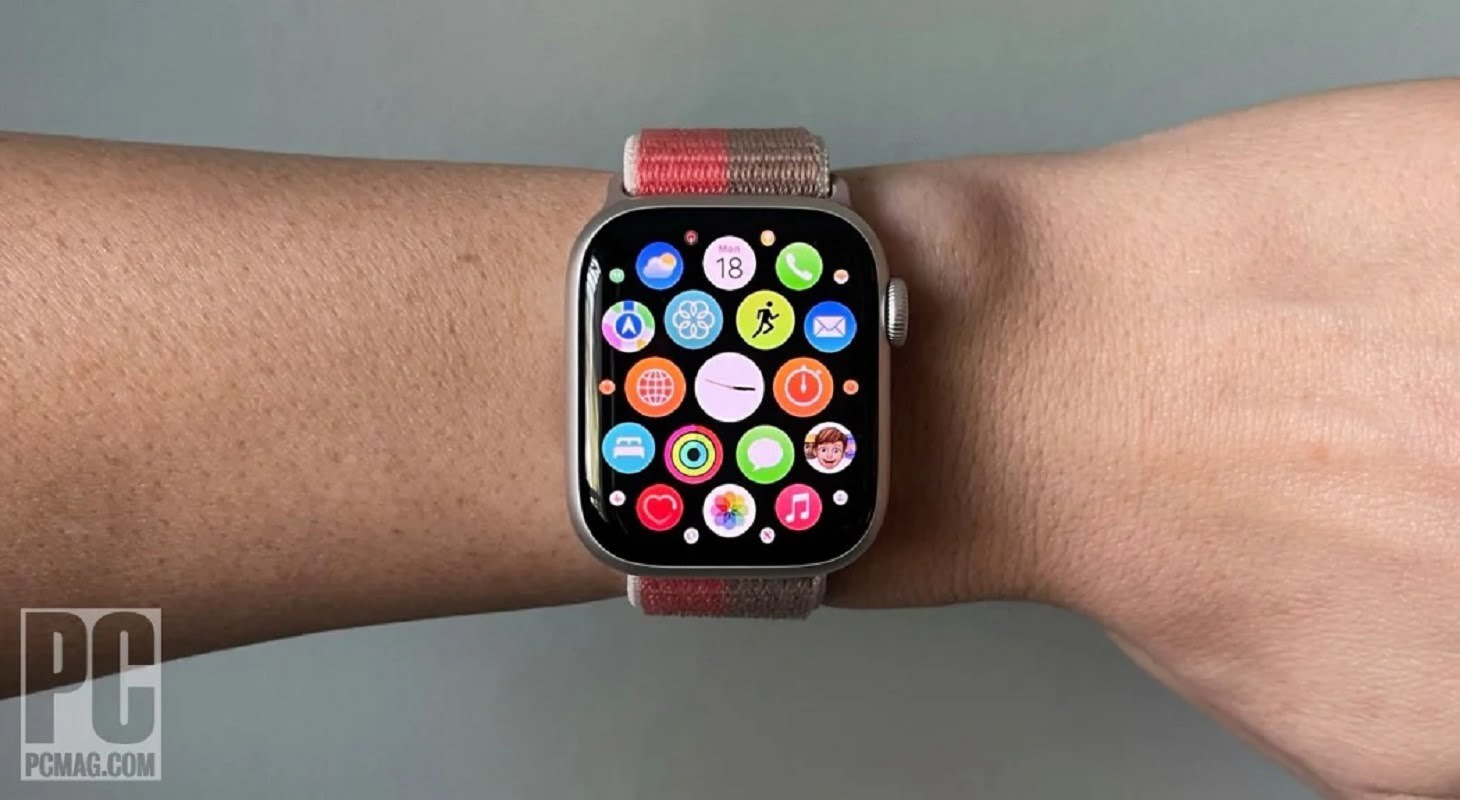Heart-rate tracking is available on a wide range of modern smartwatches. This involves both continuous monitoring and spot inspections for certain parameters. Some will even sound an alarm if your heart rate rises unexpectedly when it shouldn’t. Electrocardiograms that have been cleared by the FDA may help identify atrial fibrillation in the most modern devices.

Given that smartwatches were essentially pedometers just a decade ago, these are astounding features. Heart rate monitoring, in fact, can be a useful tool for people who want to learn more about their bodies or track their fitness improvement over time. Some athletes, for example, prefer to exercise in heart rate zones, which is difficult to achieve unless you can monitor it in real time.
What are optical heart rate sensors and how do they work?
A photoplethysmography (PPG) sensor — the green LEDs you see when you flip the device over — is used in the vast majority of wearable. The LED’s beam light into your skin, and the light that is reflected back is translated into heart rate data by an algorithm. This contains not just your resting heart rate, but also VO2 Max and heart rate variability.
Wrist-based PPG sensors aren’t always precise, even though optical heart rate sensors have improved over time. According to a recent study, these sensors don’t operate as well on persons with darker skin or those who are obese. The wrist isn’t the optimum location for a PPG sensor, either.
A good fit is also vital. Although it differs from smartwatch to smartwatch, there are a few fundamental guidelines for obtaining the most accurate data.
- Wear your watch a finger’s width above your wrist bone.
- Make sure the sensor array and your skin are in good contact.
- During activity, tighten the strap. It’s also a good idea to wear the device higher on your wrist.
- When the sensor array becomes filthy, wipe it clean.
